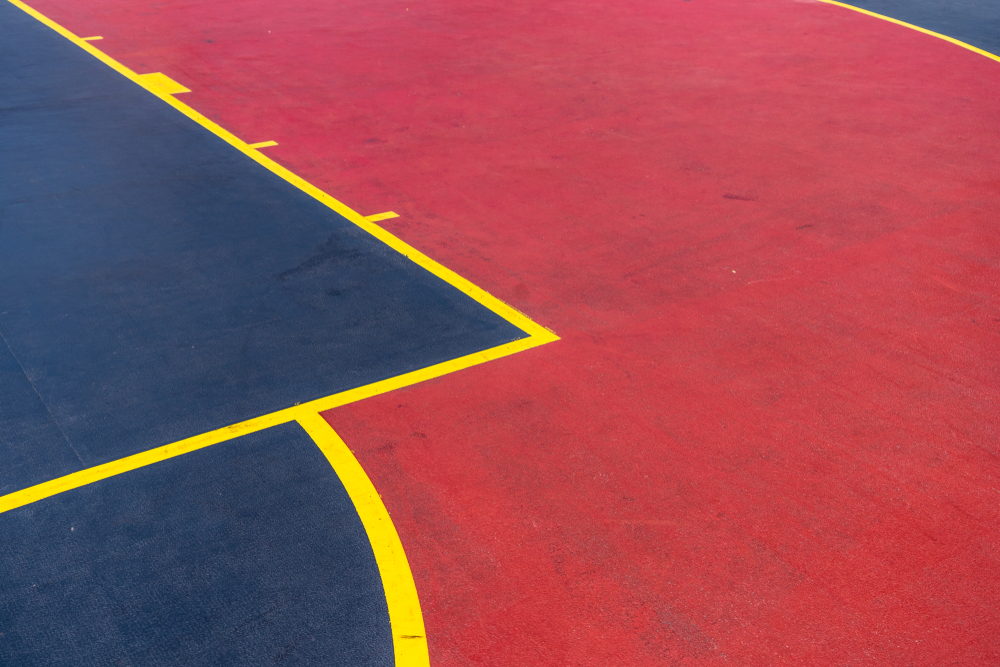In Bob Robison Commercial Flooring Inc. v. RLI Insurance Company (2025 WL 852889 (8th Cir. 2025), the United States Court of Appeals for the Eighth Circuit determined that an ensuing loss provision of a builder’s risk insurance policy did not restore coverage resulting from defective workmanship where the insured failed to identify a separate covered peril.
Background
The insured was hired to install a vinyl gym floor with painted lines. The insured then subcontracted the painting portion to another entity. However, the painting entity’s work was faulty, with issues such as crooked lines, incorrect markings, and smudges. Because the defective painting could not be removed from the vinyl flooring, to correct the project error, the insured had to remove and replace the floor and paint new lines.
The insured submitted a claim to its insurer seeking coverage for the loss under the subject builder’s risk policy. In relevant part, the policy contained the following language:
PERILS COVERED
“We” cover risks of direct physical loss or damage unless the loss is limited or caused by a peril that is excluded.
PERILS EXCLUDED
2. “We” do not pay for loss or damage that is caused by or results from one or more of the following:
* * *
d. “Defects, Errors, Or Omissions In Property” – “We” do not pay for loss or damage caused by or resulting from inherent defects, errors, or omissions in covered property (whether negligent or not) relating to:
1) design or specifications;
2) workmanship or construction; or
3) repair, renovation, or remodeling.
But if a defect, error or omission described above results in a covered peril, “we” do not cover the loss or damage caused by that peril.
The insurer denied the claim because “exclusion d. cited above excludes coverage for loss or damage caused by errors in covered property due to workmanship.” The insured commenced litigation as a result of that denial.
Analysis
In the district court, the insured argued that the ensuing loss clause restored coverage because the damage to the floor was a covered peril that resulted from the painting entity’s workmanship. The insurer responded that the ensuing loss clause did not apply because the painting entity’s work did not cause or lead to a second, non-excluded peril (e.g., a fire).
On appeal, the Eighth Circuit broke down the issues as follows:
- Was the policy ambiguous? The insured argued that the language defining “covered peril” was ambiguous because it rendered the ensuing loss clause “nonsensical and its coverage illusory.” However, in rejecting that argument and affirming the district court’s decision, the Eighth Circuit stated that the policy was not ambiguous and explained that the ensuing loss provision applied to a second loss caused by a covered peril that the excluded peril may have set in motion. The Court stated that the insured’s interpretation would have required the insurer to cover losses caused directly and exclusively by the excluded peril, nullifying the faulty workmanship exclusion.
- The Covered Peril Issue. Alternatively, the insured argued that the ensuing loss provision provided coverage for the replacement cost of the vinyl gym floor. Again, in affirming the district court’s determination, the Court stated that the ensuing loss clause required a separate covered peril to restore excluded coverage. Here, the Court explained that faulty workmanship was the sole and exclusive cause of the loss which occurred the moment the paint was applied.
Conclusion
The Eighth Circuit’s ruling highlights that, at least in some jurisdictions, policyholders must demonstrate covered perils separate and apart from excluded perils to trigger coverage under ensuing loss provisions. As applied in Bob Robison, the Court determined that the insured failed to do so as the damage was solely attributable to defective workmanship. This case serves as a pivotal reminder that the interpretation of insurance policies can hinge significantly on jurisdictional nuances.
